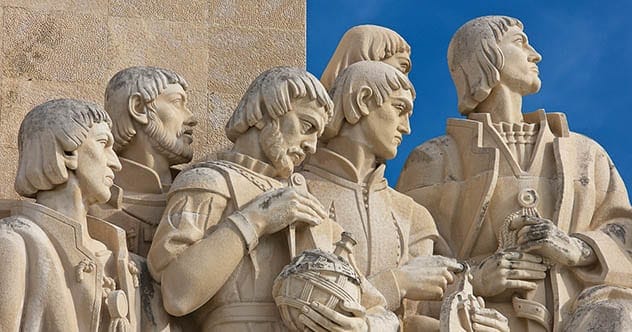Few historical periods match the profound and expansive impact of the Age of Discovery. Spanning from the early 1400s to the late 17th century, European powers embarked on ambitious sea voyages, seeking new territories, wealth, and routes to distant lands. This era dramatically reshaped the world, with consequences that continue to resonate today.Here are ten significant milestones from this adventurous age, presented in chronological order.
1. 1419: Prince Henry the Navigator and the Science of Seafaring
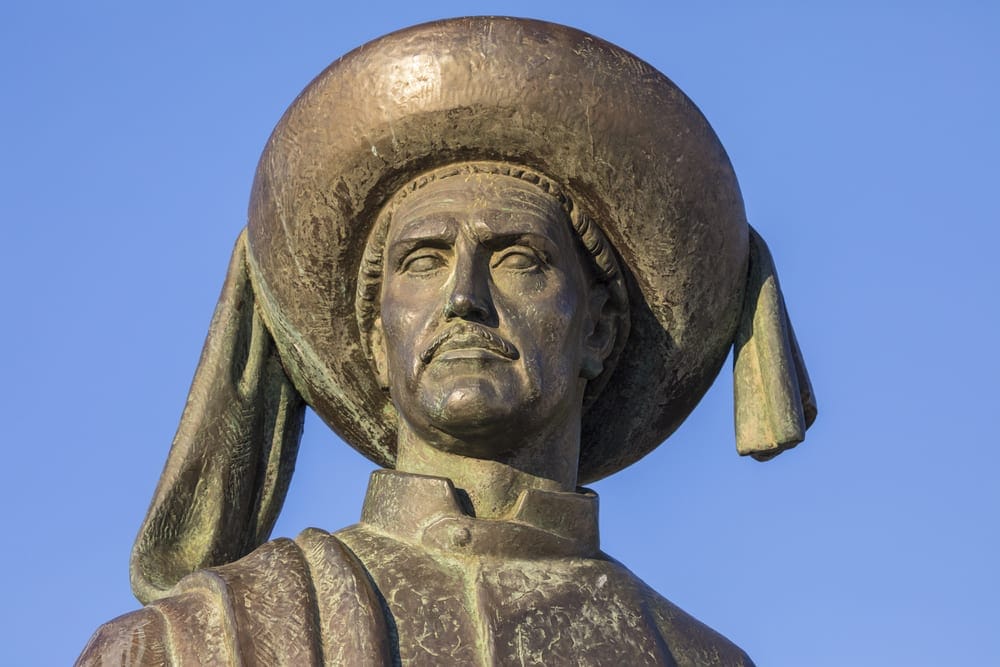 Prince Henry the Navigator of Portugal is widely regarded as the catalyst of the Age of Discovery. Born in 1394, Henry was deeply fascinated by exploration. Leveraging Portugal’s resources, he spearheaded Portuguese maritime advancements, which included mapping new territories and establishing trade routes.Henry’s interest particularly focused on Western Africa. In 1415, he encouraged his father, King John I, to conquer Ceuta, a Muslim port in modern-day Morocco. However, Henry’s most significant contribution was the navigation school he founded in Sagres in 1418. This school gathered leading mapmakers, instrument makers, shipbuilders, scientists, and sea captains, fostering collaboration and innovation that propelled maritime technology forward.
Prince Henry the Navigator of Portugal is widely regarded as the catalyst of the Age of Discovery. Born in 1394, Henry was deeply fascinated by exploration. Leveraging Portugal’s resources, he spearheaded Portuguese maritime advancements, which included mapping new territories and establishing trade routes.Henry’s interest particularly focused on Western Africa. In 1415, he encouraged his father, King John I, to conquer Ceuta, a Muslim port in modern-day Morocco. However, Henry’s most significant contribution was the navigation school he founded in Sagres in 1418. This school gathered leading mapmakers, instrument makers, shipbuilders, scientists, and sea captains, fostering collaboration and innovation that propelled maritime technology forward.
2. 1497: Vasco da Gama Connects Europe and India
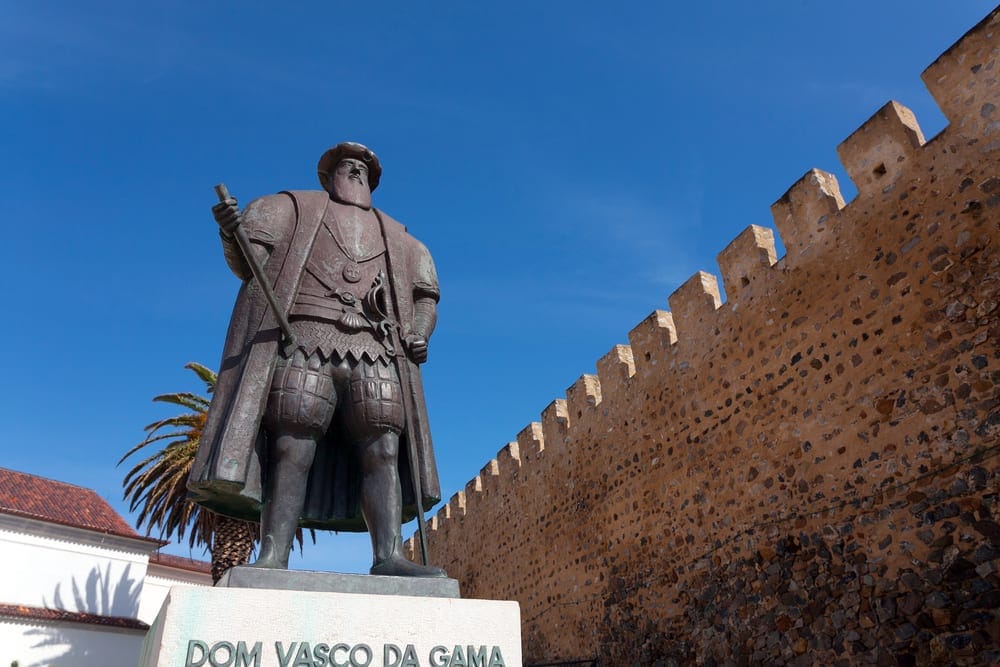 While Henry the Navigator encouraged the exploration of Africa, the ultimate goal was to find a sea route to India. In 1488, Bartolomeu Dias reached the Cape of Good Hope, Africa’s southern tip.Vasco da Gama capitalized on this breakthrough, setting sail to navigate around the cape and reach India. Leaving Lisbon on July 8, 1497, with four ships, da Gama faced numerous challenges, including scurvy among his crew. By mid-April, he found a pilot in Kenya who knew the route to Calicut, on India’s southwest coast.A swift 23-day journey across the Indian Ocean made da Gama a hero, establishing a direct sea route from Europe to India. Despite some brutal acts on his second expedition, this route revolutionized global trade.
While Henry the Navigator encouraged the exploration of Africa, the ultimate goal was to find a sea route to India. In 1488, Bartolomeu Dias reached the Cape of Good Hope, Africa’s southern tip.Vasco da Gama capitalized on this breakthrough, setting sail to navigate around the cape and reach India. Leaving Lisbon on July 8, 1497, with four ships, da Gama faced numerous challenges, including scurvy among his crew. By mid-April, he found a pilot in Kenya who knew the route to Calicut, on India’s southwest coast.A swift 23-day journey across the Indian Ocean made da Gama a hero, establishing a direct sea route from Europe to India. Despite some brutal acts on his second expedition, this route revolutionized global trade.
3. 1498: Columbus (Finally) Makes It to the Mainland
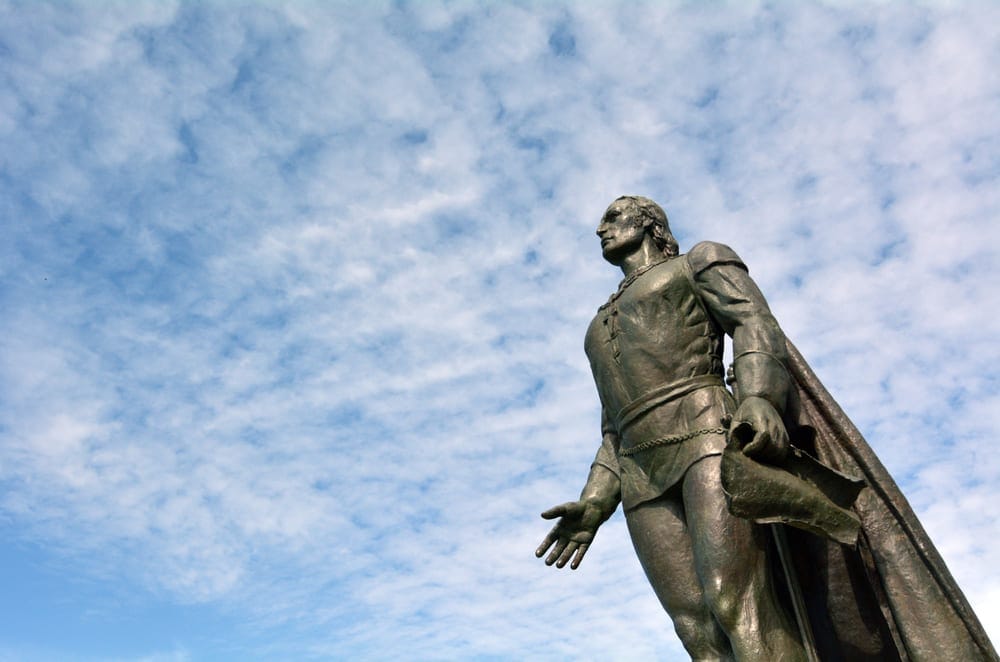 Christopher Columbus is famous for sailing west and discovering America. However, it wasn’t until his third voyage in 1498 that he set foot on the American mainland—South America, to be exact.In May 1498, Columbus departed Spain with six ships, aiming to find land south of the charted islands. He landed on Trinidad on August 1 and then reached the Paria Peninsula in Venezuela on August 5, marking the first European arrival on the American mainland.Columbus’s fourth voyage, exploring the coasts of Central America, was also significant. In 1503, he established a short-lived garrison near Panama’s Belén River, driven by rumors of a waterway to another ocean, the Northwest Passage.
Christopher Columbus is famous for sailing west and discovering America. However, it wasn’t until his third voyage in 1498 that he set foot on the American mainland—South America, to be exact.In May 1498, Columbus departed Spain with six ships, aiming to find land south of the charted islands. He landed on Trinidad on August 1 and then reached the Paria Peninsula in Venezuela on August 5, marking the first European arrival on the American mainland.Columbus’s fourth voyage, exploring the coasts of Central America, was also significant. In 1503, he established a short-lived garrison near Panama’s Belén River, driven by rumors of a waterway to another ocean, the Northwest Passage.
4. 1513: Balboa Discovers the Pacific Ocean
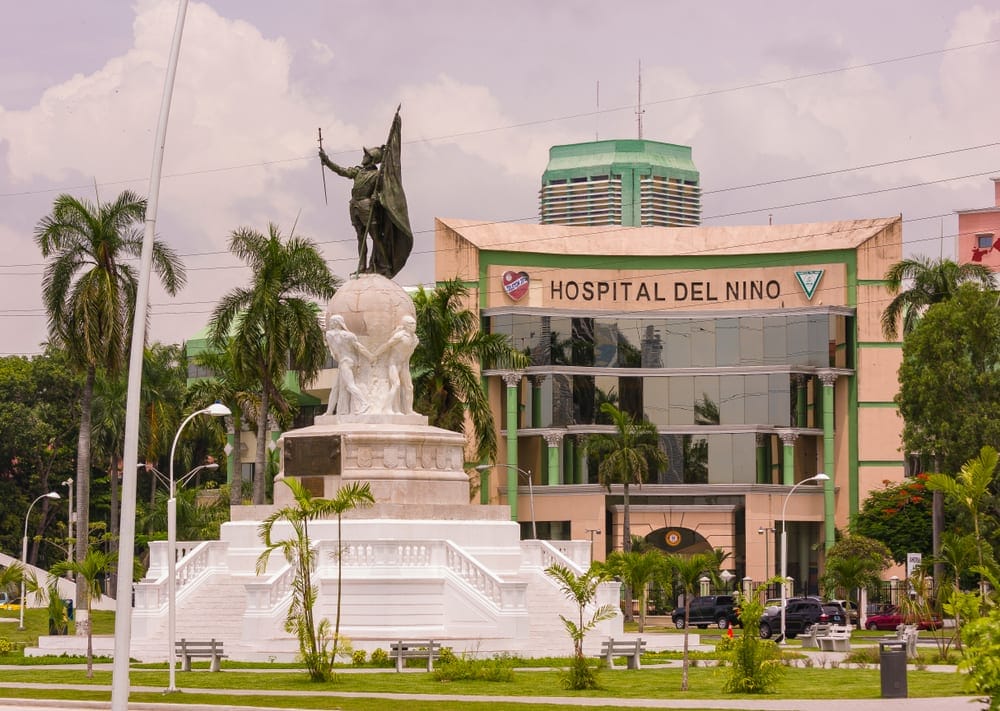 Following Columbus’s voyages, Vasco Núñez de Balboa led an expedition that established the first stable settlement on the South American continent in Darién, Panama. Initially seeking gold, Balboa discovered something more valuable.In 1513, after hearing rumors of another sea, Balboa set out to find it. On September 25, he reached a summit from which he saw the vast ocean. Balboa waded into the water, raised his sword, and claimed the sea and all adjoining lands for Spain, naming it the South Sea, later known as the Pacific Ocean.
Following Columbus’s voyages, Vasco Núñez de Balboa led an expedition that established the first stable settlement on the South American continent in Darién, Panama. Initially seeking gold, Balboa discovered something more valuable.In 1513, after hearing rumors of another sea, Balboa set out to find it. On September 25, he reached a summit from which he saw the vast ocean. Balboa waded into the water, raised his sword, and claimed the sea and all adjoining lands for Spain, naming it the South Sea, later known as the Pacific Ocean.
5. 1513: Ponce de Leon Becomes Europe’s First #FloridaMan
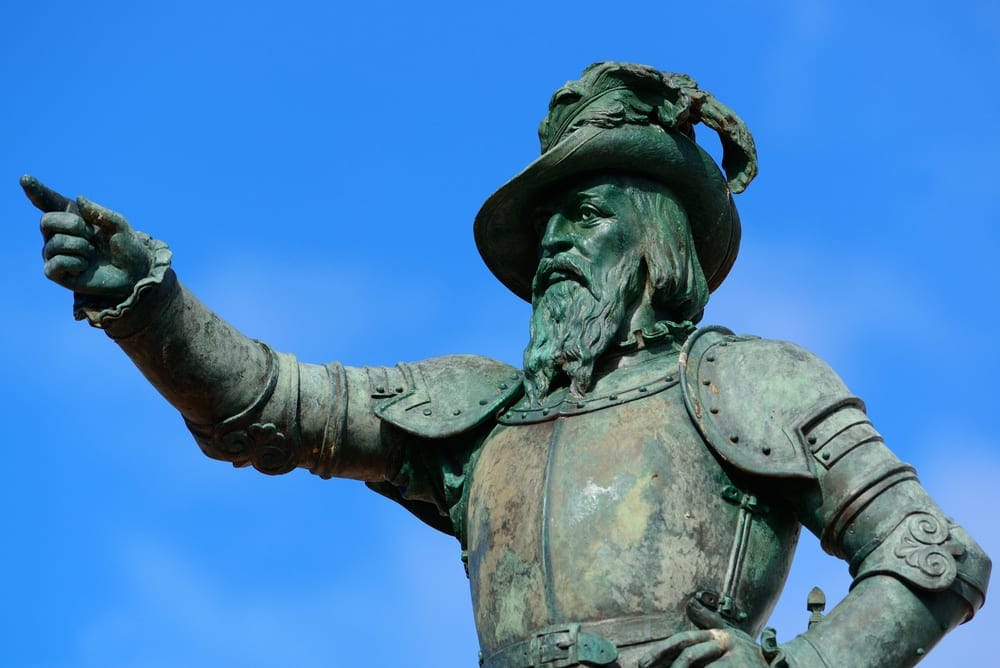 Juan Ponce de Leon holds the distinction of being the first European to land on what is now the United States, claiming Florida for Spain in 1513. Before this, de Leon had served as a military official in Hispaniola and governor of Puerto Rico.A dispute with Christopher Columbus’s son, Diego, led de Leon to explore Florida. On April 2, 1513, he landed near St. Augustine, naming the peninsula “La Florida.” Legend has it that de Leon was searching for the fabled “Fountain of Youth.”Although he didn’t find it, his exploration paved the way for a successful Spanish settlement in 1565. St. Augustine is now the oldest continuous settlement in the United States, known for intermarriage between settlers, Native Americans, and African slaves.
Juan Ponce de Leon holds the distinction of being the first European to land on what is now the United States, claiming Florida for Spain in 1513. Before this, de Leon had served as a military official in Hispaniola and governor of Puerto Rico.A dispute with Christopher Columbus’s son, Diego, led de Leon to explore Florida. On April 2, 1513, he landed near St. Augustine, naming the peninsula “La Florida.” Legend has it that de Leon was searching for the fabled “Fountain of Youth.”Although he didn’t find it, his exploration paved the way for a successful Spanish settlement in 1565. St. Augustine is now the oldest continuous settlement in the United States, known for intermarriage between settlers, Native Americans, and African slaves.
6. 1519: The New World’s Most Impactful Import
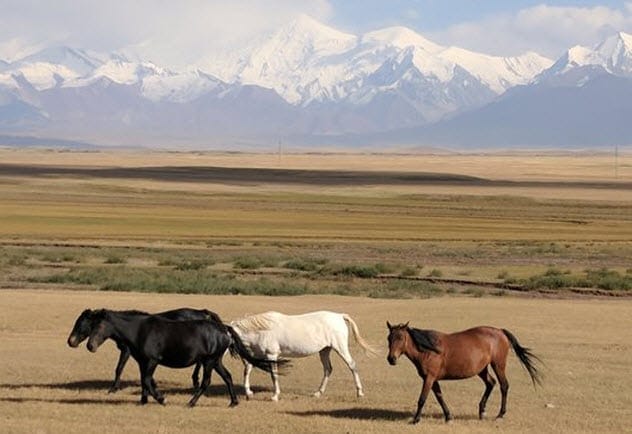 Hernán Cortés’s conquest of the Aztec Empire was brutal and transformative. Yet, his most significant contribution to history wasn’t gold or silver but the introduction of the horse.When Cortés landed in Veracruz, Mexico, with 16 horses, he introduced them to the New World’s mainland. Horses transformed Native American culture, enabling tribes to travel vast distances, trade, and wage war more effectively. The newfound mobility made hunting buffalo easier and reshaped Native American societies.
Hernán Cortés’s conquest of the Aztec Empire was brutal and transformative. Yet, his most significant contribution to history wasn’t gold or silver but the introduction of the horse.When Cortés landed in Veracruz, Mexico, with 16 horses, he introduced them to the New World’s mainland. Horses transformed Native American culture, enabling tribes to travel vast distances, trade, and wage war more effectively. The newfound mobility made hunting buffalo easier and reshaped Native American societies.
7. 1522: Magellan Comes Full Circle
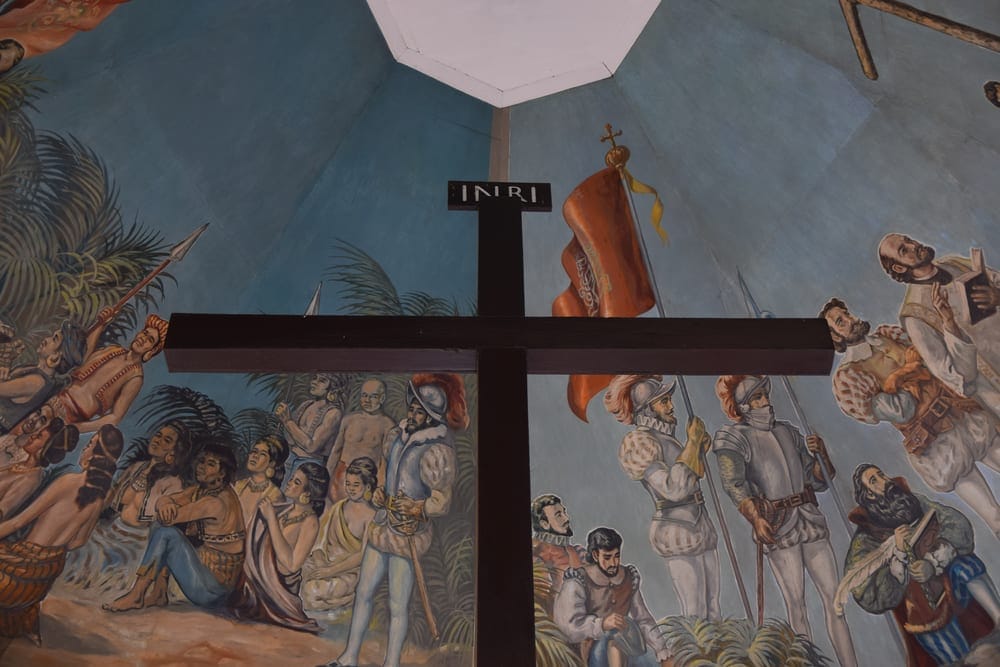 Ferdinand Magellan’s expedition was the first to circumnavigate the globe, though Magellan himself died before its completion. In 1519, Magellan set sail from Spain with five ships to find a faster route to the East Indies.Magellan discovered a narrow waterway near South America’s southern tip, connecting two oceans, now known as the Strait of Magellan. He named the Pacific Ocean, marveling at its calmness. Although Magellan died in the Philippines in 1521, his expedition proved Earth’s roundness and the vastness of the world.
Ferdinand Magellan’s expedition was the first to circumnavigate the globe, though Magellan himself died before its completion. In 1519, Magellan set sail from Spain with five ships to find a faster route to the East Indies.Magellan discovered a narrow waterway near South America’s southern tip, connecting two oceans, now known as the Strait of Magellan. He named the Pacific Ocean, marveling at its calmness. Although Magellan died in the Philippines in 1521, his expedition proved Earth’s roundness and the vastness of the world.
8. 1526: A Dark Year in an Enlightened Era
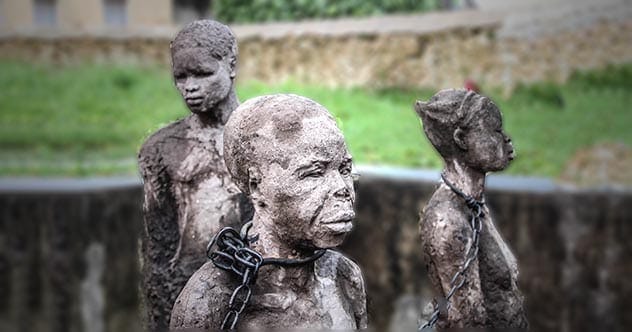 The Age of Discovery had a dark side, marked by the exploitation and enslavement of people. The first transatlantic voyage delivering African slaves to the New World occurred in 1526, when Portugal transported slaves to Brazil.This marked the beginning of the African slave trade, with an estimated 4.9 million Africans transported to Brazil over three centuries. Slaves worked in agriculture, mining, and infrastructure, enduring horrific conditions and contributing to the wealth of European powers.
The Age of Discovery had a dark side, marked by the exploitation and enslavement of people. The first transatlantic voyage delivering African slaves to the New World occurred in 1526, when Portugal transported slaves to Brazil.This marked the beginning of the African slave trade, with an estimated 4.9 million Africans transported to Brazil over three centuries. Slaves worked in agriculture, mining, and infrastructure, enduring horrific conditions and contributing to the wealth of European powers.
9. 1608: Vive la (New) France: Samuel de Champlain Founds Quebec City
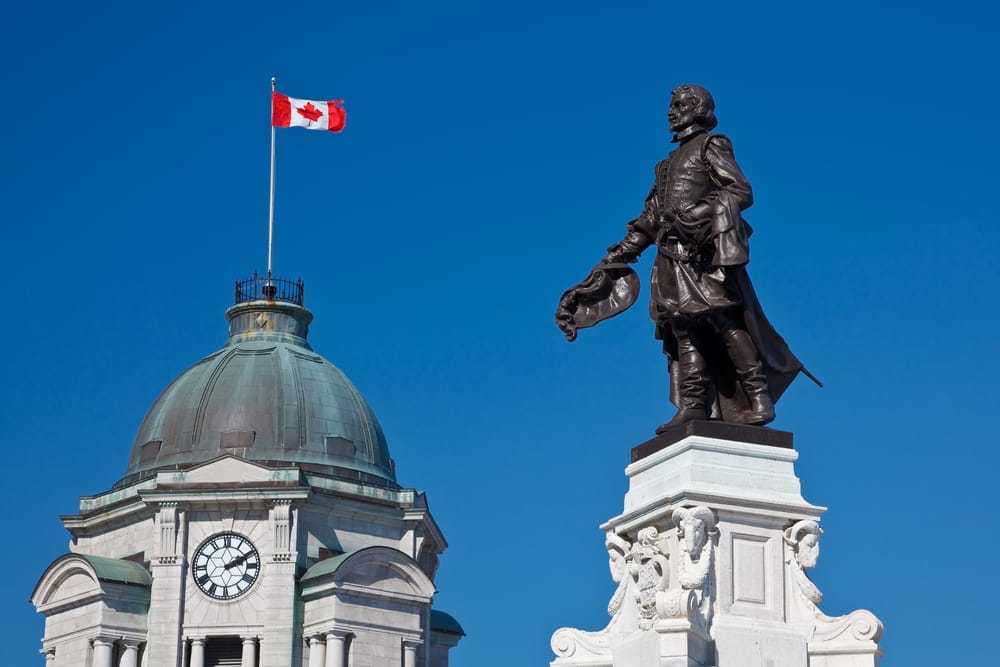 Samuel de Champlain played a crucial role in establishing French influence in North America. From 1604 to 1607, he participated in the settlement of Port-Royal in Nova Scotia, a key location in the French colony of Acadia.In 1608, de Champlain sailed up the St. Lawrence River and claimed the site that would become Quebec City. This city remains one of the most charmingly European cities in North America. The French influence grew, and in 1642, Montreal was founded.
Samuel de Champlain played a crucial role in establishing French influence in North America. From 1604 to 1607, he participated in the settlement of Port-Royal in Nova Scotia, a key location in the French colony of Acadia.In 1608, de Champlain sailed up the St. Lawrence River and claimed the site that would become Quebec City. This city remains one of the most charmingly European cities in North America. The French influence grew, and in 1642, Montreal was founded.
10. 1609: Henry Hudson’s Happy Accident
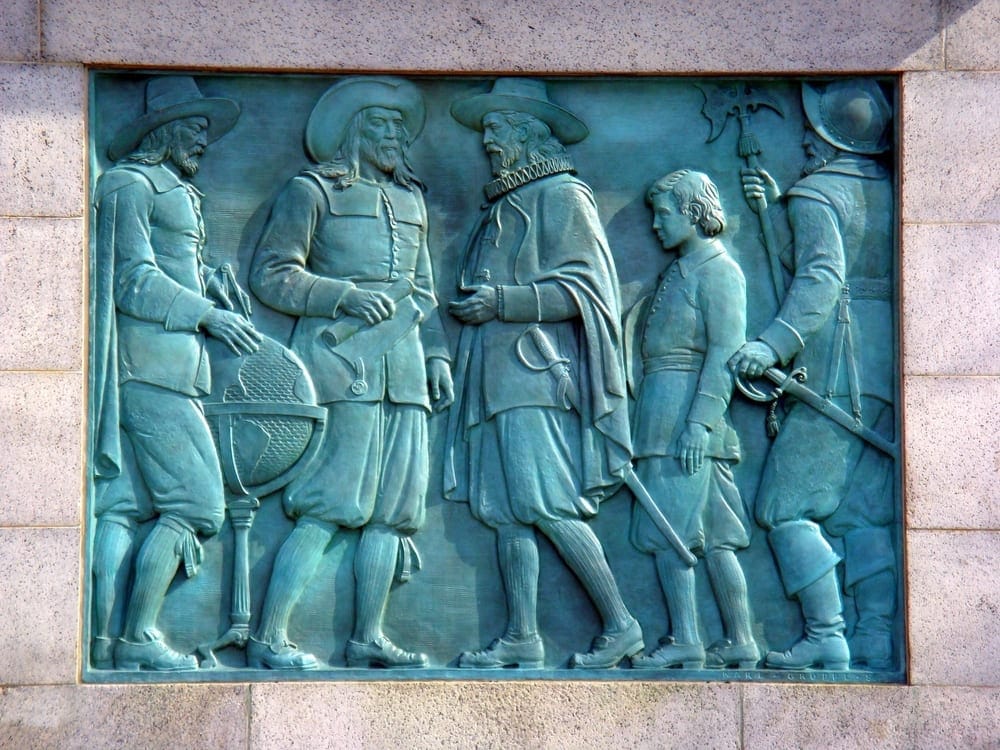 Throughout the 16th and early 17th centuries, explorers sought a sea route through the New World to Asia. In 1609, Henry Hudson, funded by the Dutch East India Company, sailed south from Nova Scotia to the Chesapeake Bay.Finding no east-west waterway, he explored New York Harbor, deeming it inviting. Hudson sailed up the river that now bears his name, reaching as far as Albany. Although he didn’t find the Northwest Passage, he claimed the region for the Dutch, who named it New Amsterdam.
Throughout the 16th and early 17th centuries, explorers sought a sea route through the New World to Asia. In 1609, Henry Hudson, funded by the Dutch East India Company, sailed south from Nova Scotia to the Chesapeake Bay.Finding no east-west waterway, he explored New York Harbor, deeming it inviting. Hudson sailed up the river that now bears his name, reaching as far as Albany. Although he didn’t find the Northwest Passage, he claimed the region for the Dutch, who named it New Amsterdam.
Conclusion
The Age of Discovery was a period of immense exploration, innovation, and transformation. These ten milestones highlight the key moments that shaped the world, from the establishment of new trade routes to the colonization of new lands and the dark legacy of the slave trade. These events forever changed the course of history.


